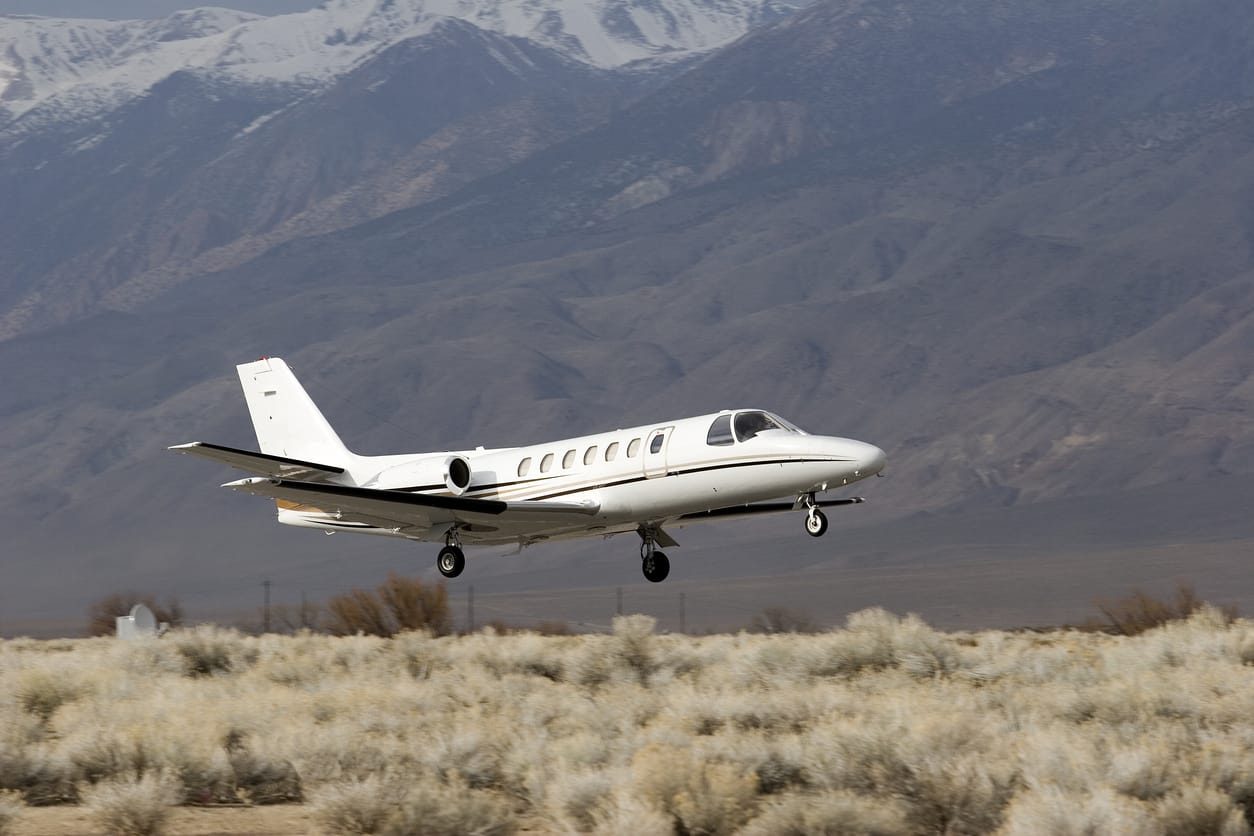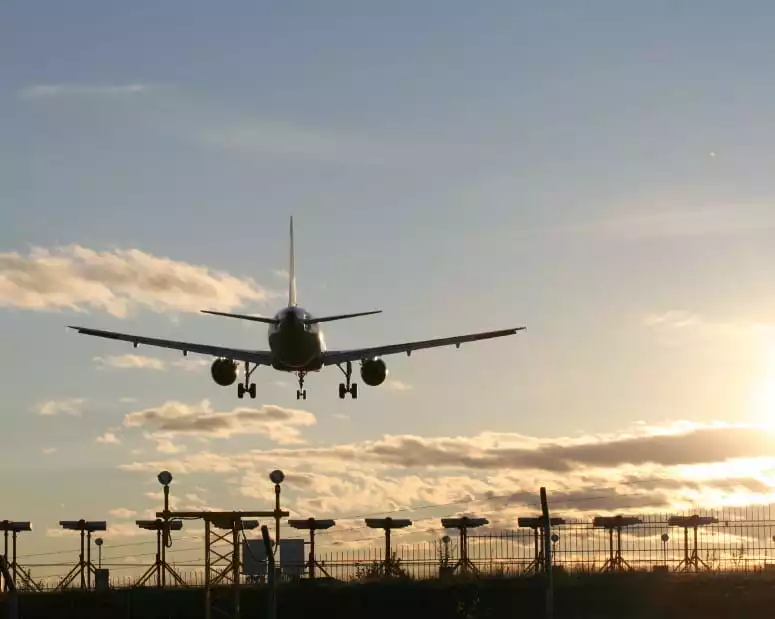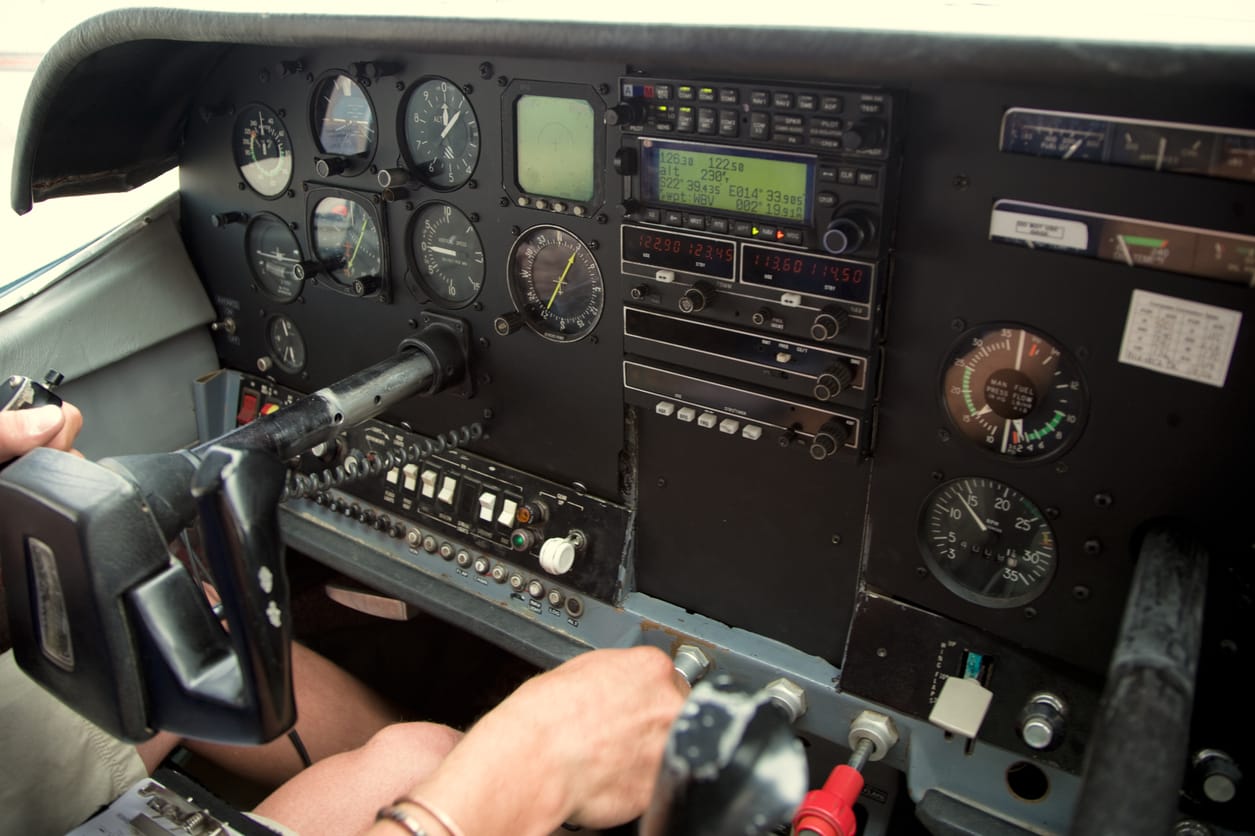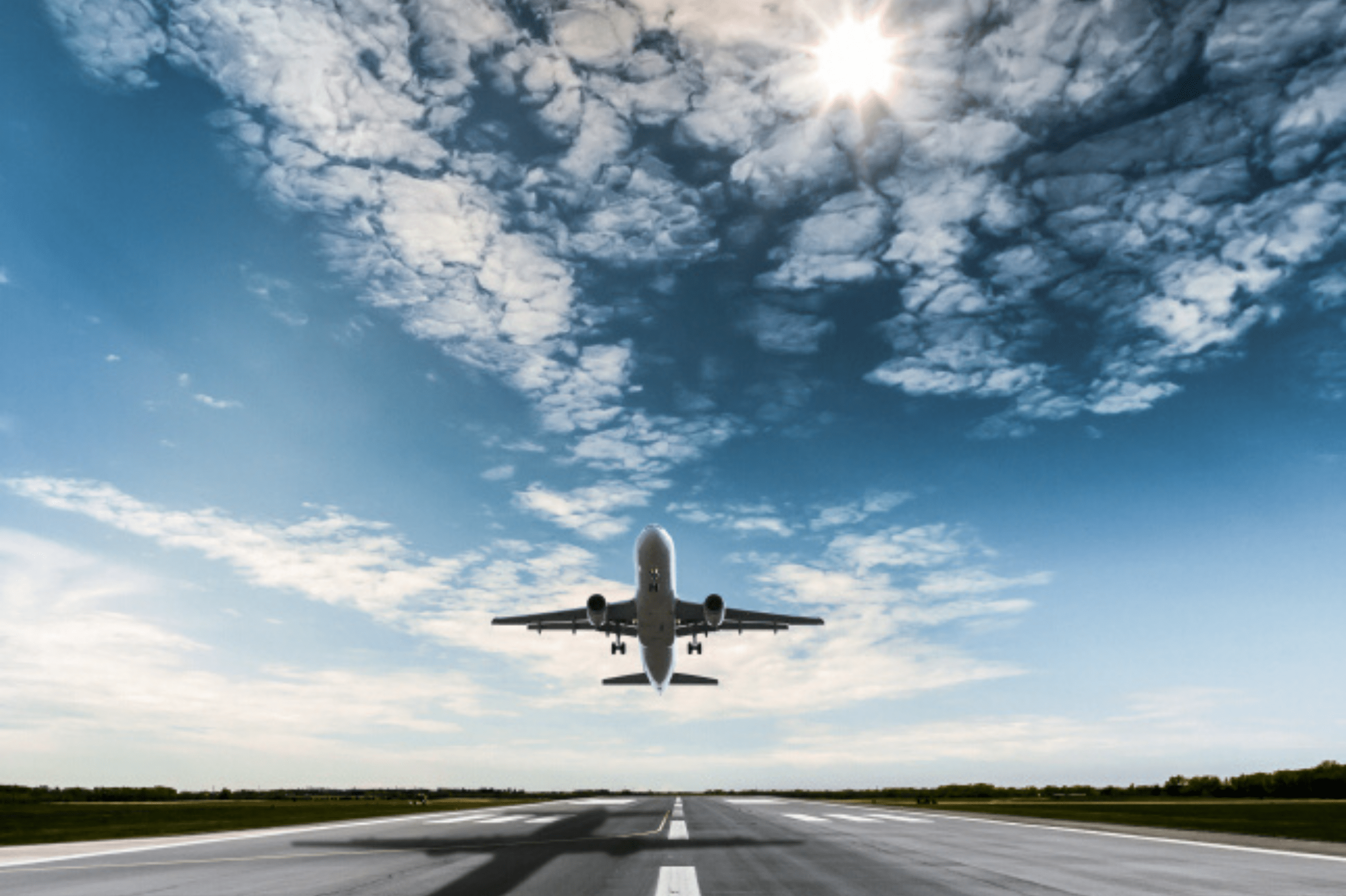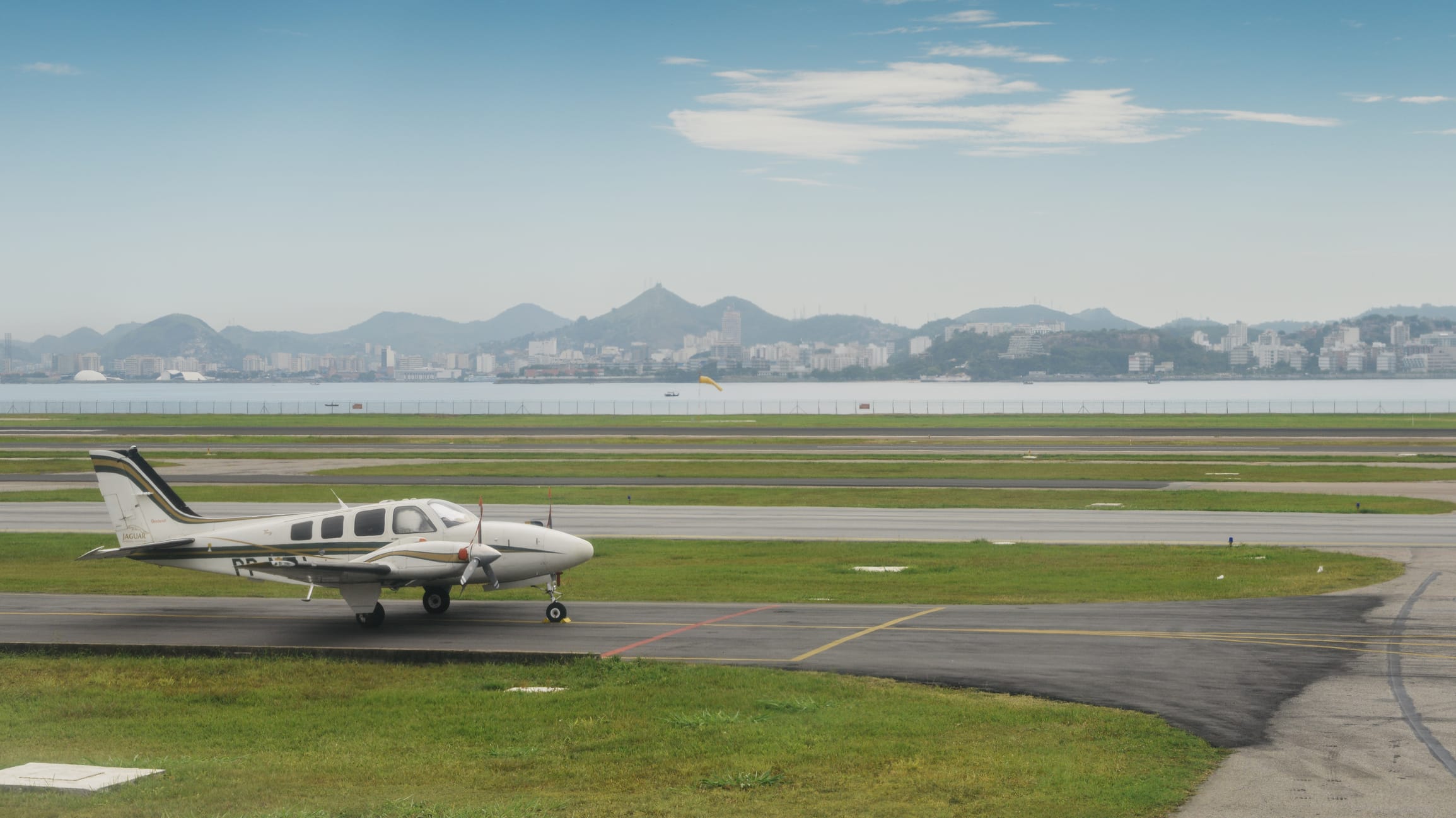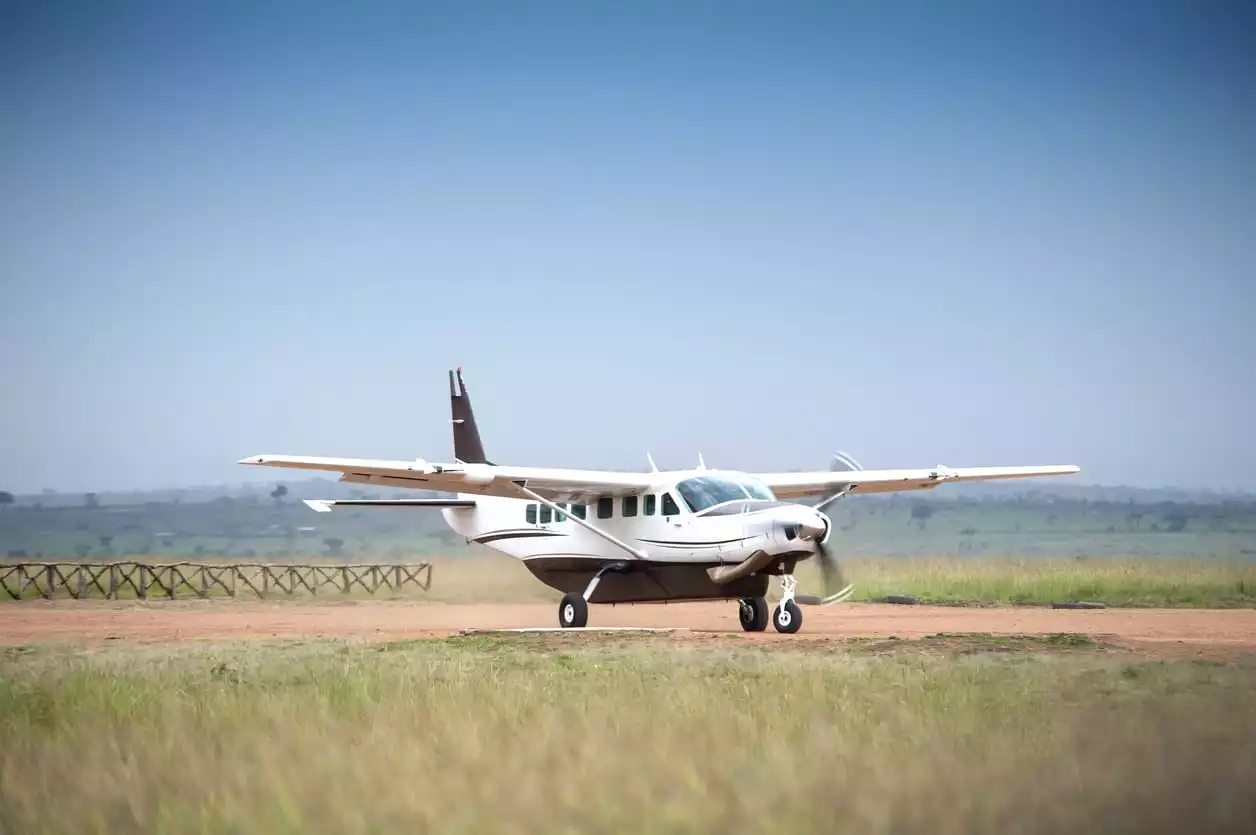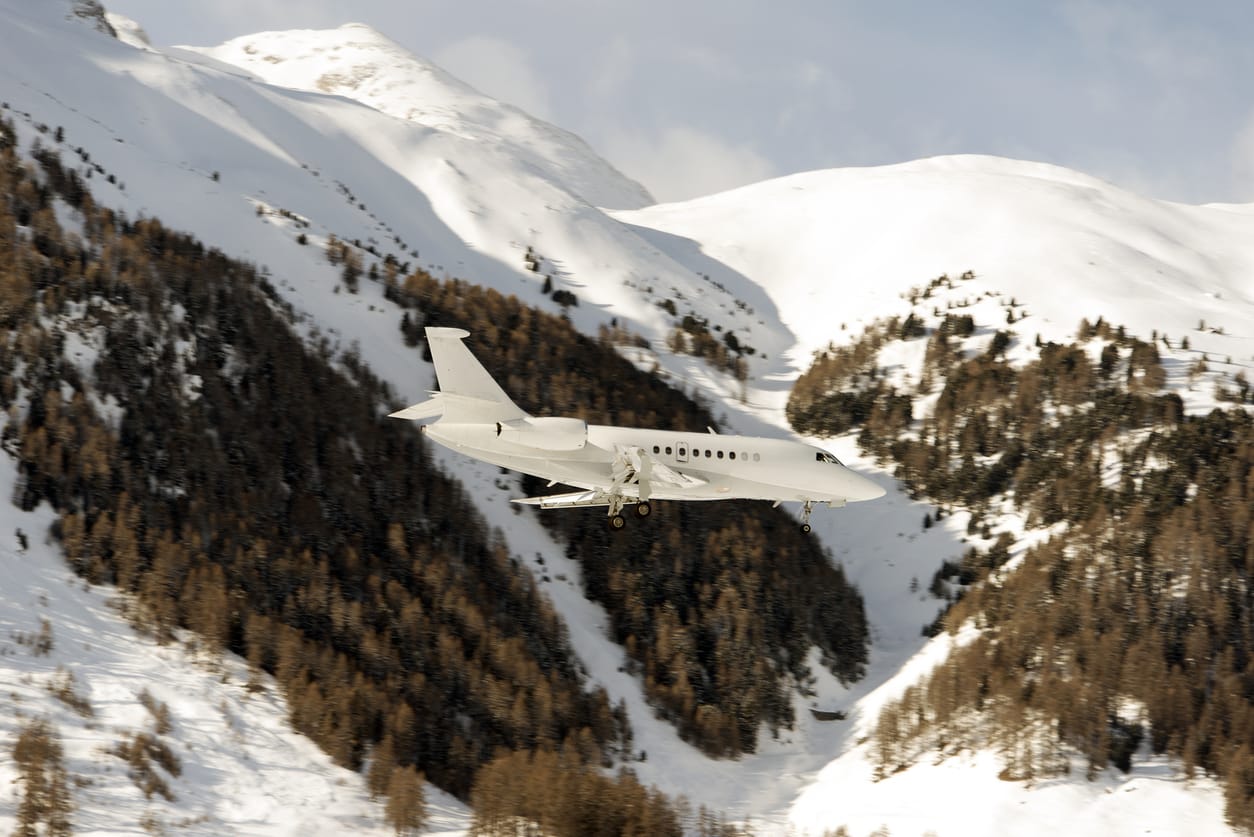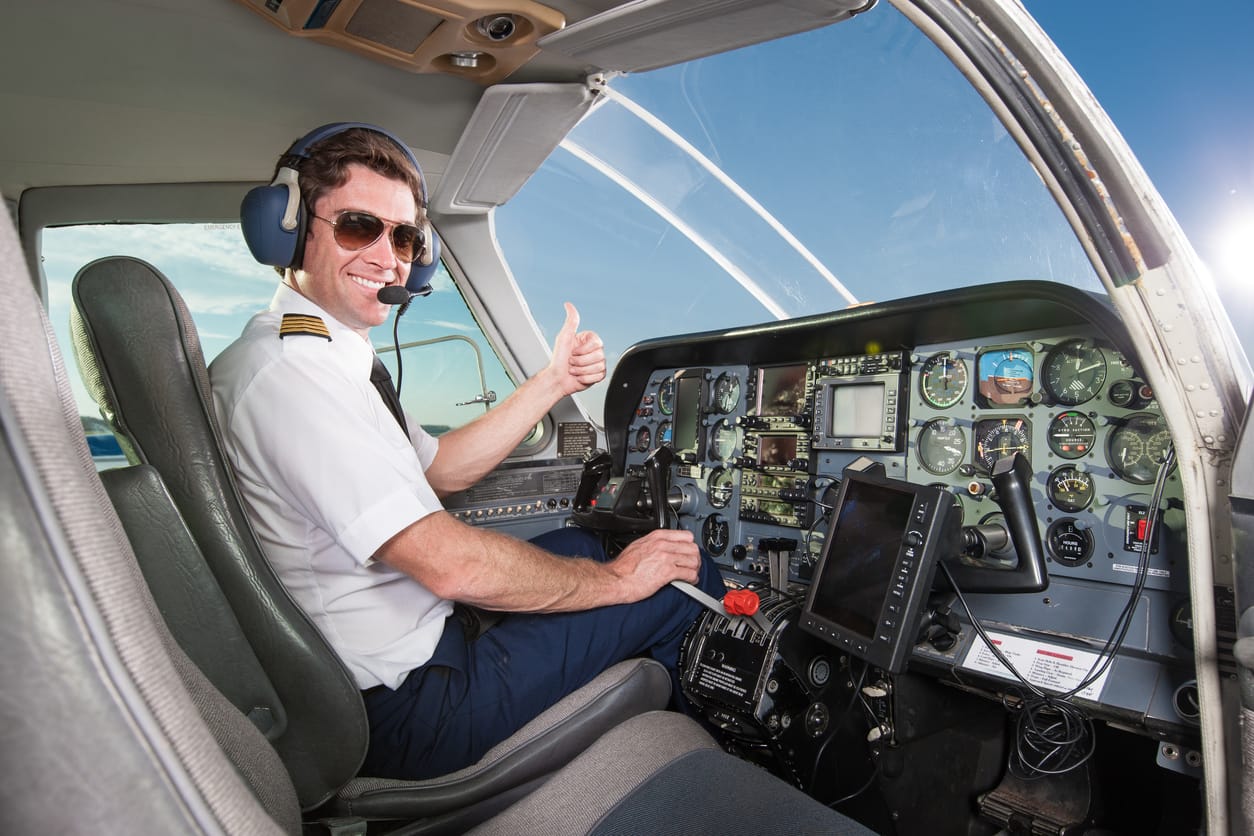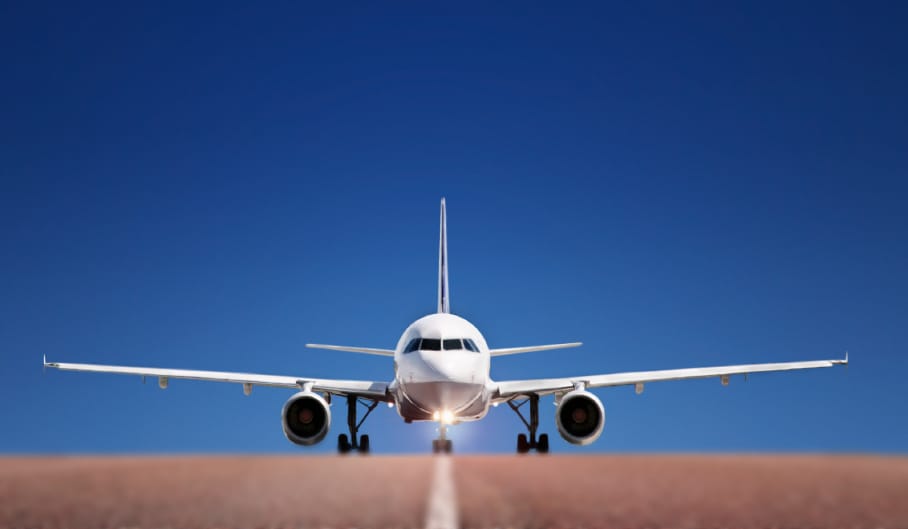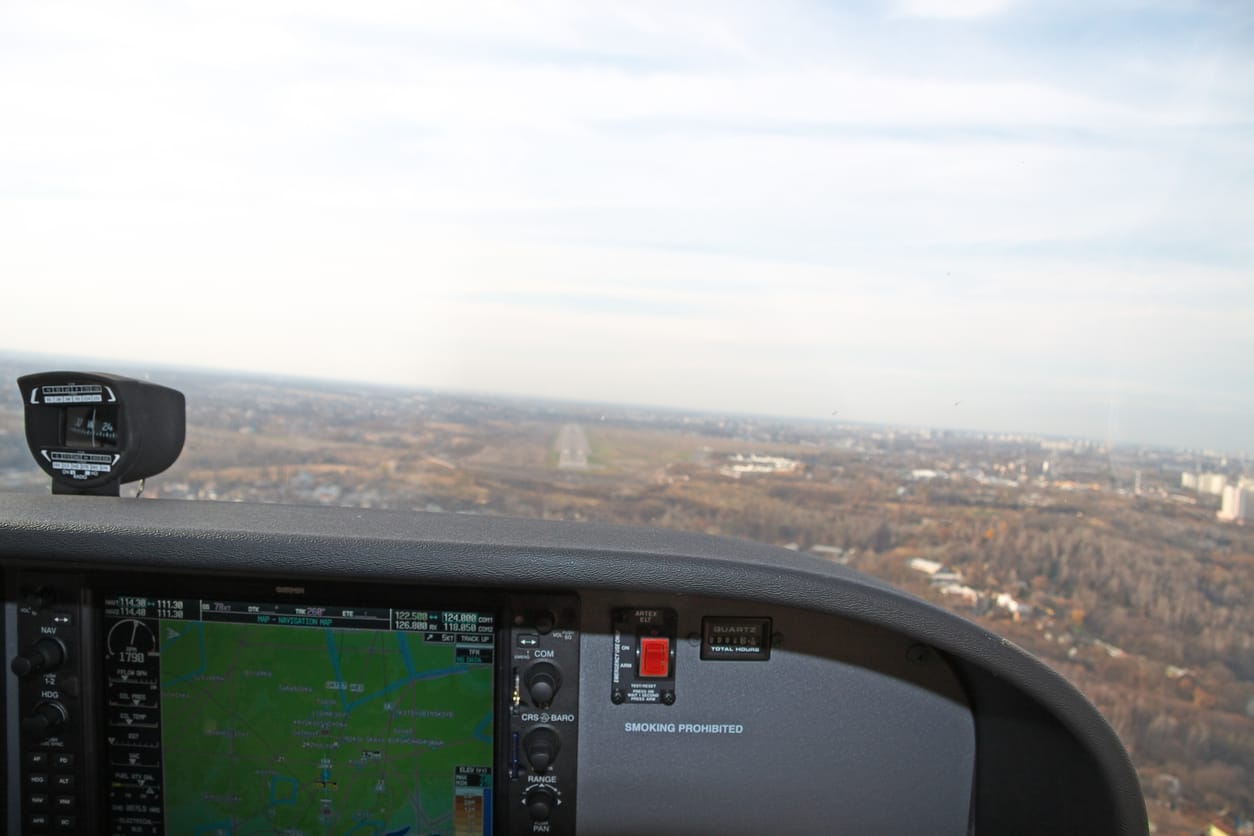Many instructors compliment their student pilots’ learning sessions in the cockpit with some touch-and-goes, but some CFIs do not think the practice actually contributes to proficiency and safety. However, experienced pilots sometimes turn to this practice drill because can be a good way to get used to a new aircraft. Sometimes you might see a few at airshows. They can even be fun, a part of enjoying the mechanics of general aviation.
Touch-and-goes can contribute a significant amount of traffic to small airfields. But what exactly is a touch and go? A touch and go is a landing on a runway of any kind (grass or asphalt), which is then immediately followed by a taxi, applied power, and a subsequent takeoff. Although sometimes a touch and go might take place during an unsuccessful landing or for safety purposes, they usually take place during practice or perhaps during the undertaking of maintaining currency. Let’s look deeper into this drill, and discuss how it might help to practice your landing skills.
Why Do Touch and Goes?
Touch and goes save time in a lesson environment. If a student must taxi off a runway, make a complete stop, then rev it all up again only to head back out to the runway, the student will not have as much time to undertake additional landings and takeoffs.
Practicing touch and goes might seem self-defeating because they do not present what some pilots consider as a real-life scenario; that if one is to fly as a charter or airline pilot, not many touch and go landings will take place outside of a practice situation. However, a chain of touch and goes forces pilots to think quickly and adapt to changing winds, runway conditions, and traffic flows.
Finally, while most think of touch and goes as practice, the necessity of making one could well arise after one’s first solo, when an instructor isn’t in the right seat helping with the process. It might even become necessary years later in an emergency situation, when there is little time to think through the process. For this reason, practicing touch and goes appropriately can help with cockpit management skills.
The Basics of Touch and Goes
As with any other aspect of flying, either in the sky on still on the ground, it’s vital to make efficient and professional contact with air traffic control. This not only helps the airways operate as designed– it is necessary for safety. If you are flying at an airfield with a control tower and have identified yourself as a student pilot, ATC may give you permission to practice touch and goes by stating that you are “cleared for the option.”
When performing touch and goes, it is usually understood that you are doing so in “closed traffic,” meaning that you will not leave the airport’s traffic pattern. Especially in a field without a tower, be sure to let the other pilots in the area know that you are practicing touch and goes.
While practicing touch and goes, you might do so with the aircraft in its normal settings. In the event your instructor would like to practice for emergency procedures now that you are out of the simulator, he or she may ask to you perform the touch and go as if the aircraft’s engine had failed. Or, it might be a windy day and therefore a good opportunity to work with crosswinds. It’s important, after touching down on the runway and are in the midst of your taxi, to ensure that you have enough room to take off again, especially if a hazard has appeared.
Touch And Goes Beyond Training
A touch and go can take place when a pilot might have to abort at the last moment; for example, a sudden mechanical issue which might prevent a landing, or an unseen danger might present itself, such as an animal on the runway. Perhaps another aircraft is blocking the way, or a security concern arises after the airplane touches down. A go-around is usually necessary in these events.
Whatever the reason, it is wise for student pilots to at least practice touch and goes. You never know when you might have to perform one unexpectedly, and feeling proficient at making the quick decisions and adjustments necessary for a safe touch and go helps.
Safety During Touch And Goes
While touch and goes can be a great way to form proficiency on landings, safety should always be your first concern. Do not attempt at touch and go if you are not first fully confident in and signed off on landing at a full stop. Your instructor should have a good idea as to when you are truly ready. For most students, this stage is usually reached when the student is almost ready for his or her checkride. Touch and goes for practice or fun after dark should be avoided by new pilots, as are attempting any in airplanes with a tailwheel.
One danger that might arise with touch and goes performed without an instructor is that they can lead to dismissal of proper checklist procedure. While touch and goes can be a real-world application of relying on your memory for landings and takeoffs, and therefore a valuable teaching tool, that doesn’t mean other important phases of near-airport flying should recede into the background. Reinforcing proper shut-down and taxiing procedures are just as important as sharpening your landing skills. If your instructor is not pointing out bad habits during touch and goes, unsafe behaviors may become entrenched. For example, checklists should always be followed to ensure a proper takeoff and landing.
Finally, during touch and goes, it is more important than ever to fly precisely. Since you will be making many decisions and changes at a rapid rate, chances are greater that you might accidentally grab the wrong level or handle. Knowing the cockpit well and concentrating on the tasks before you will assist you to make the most of a touch and go session.
Ready to soar in your aviation career?
Mr. Matthew A. Johnston has over 23 years of experience serving various roles in education and is currently serving as the President of California Aeronautical University. He maintains memberships and is a supporting participant with several aviation promoting and advocacy associations including University Aviation Association (UAA), Regional Airline Association (RAA), AOPA, NBAA, and EAA with the Young Eagles program. He is proud of his collaboration with airlines, aviation businesses and individual aviation professionals who are working with him to develop California Aeronautical University as a leader in educating aviation professionals.
